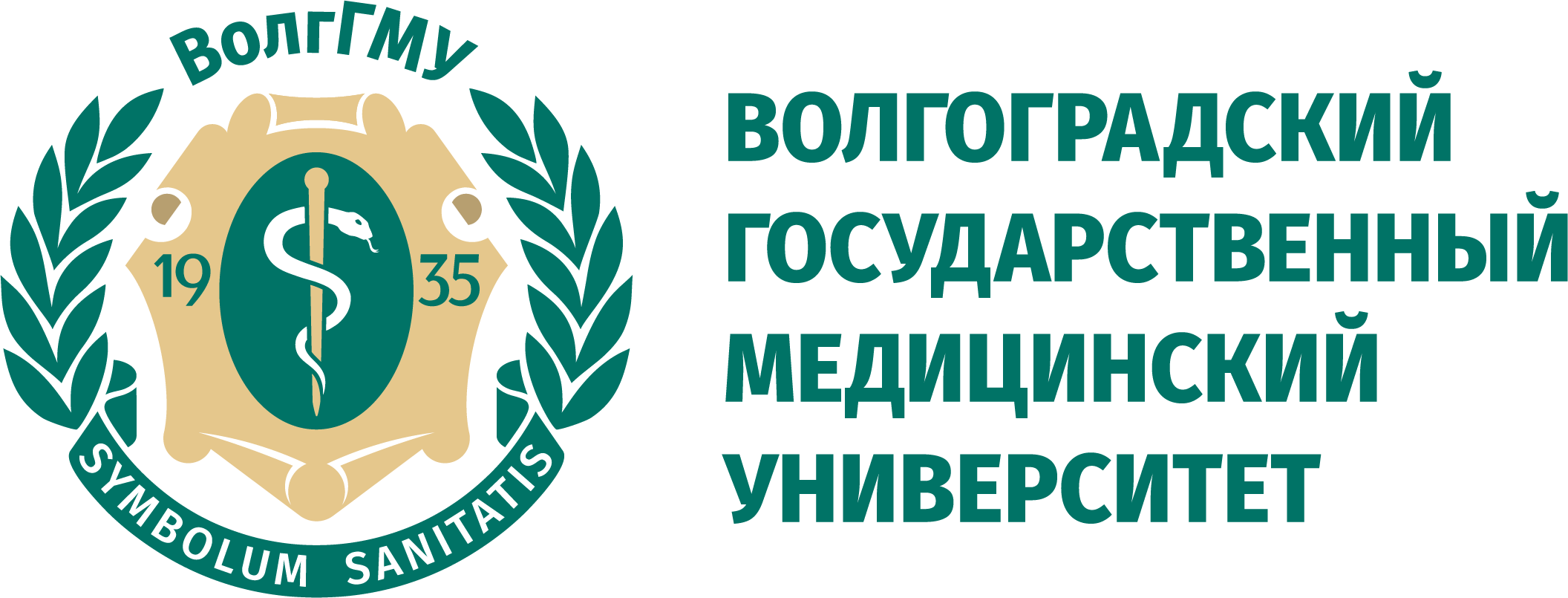Discipline "Molecular biology"
Class 8. Study Guide
Topic:
Posttranslational modifications of the protein. Protein folding and its disorders. Molecular mechanisms of proteinopathies. Proteins and enzymes as biomarkers.
Study questions:
- Classification of post-translational modifications of the protein.
- Import of proteins into cellular organelles: nucleus, mitochondria, EPR, Golgi apparatus, etc.
- Protein folding and its disorders.
- The role of chaperones and chaperonins. Hsp70 chaperones.
- GroEL/GroES system structure.
- Non-enzymatic post-translational modification.
- Enzymatic post-translational modification with cleavage of the polypeptide chain.
- Covalent modification of alpha-amino and alpha-carboxyl groups.
- Methylation, hydroxylation, introduction of additional carboxyl group, phosphorylation, glycosylation, ADP-ribosylation, prenylation, sulfation, ubiquitinylation of proteins.
- The lifetime of proteins in the cell.
Vocabulary (list of mandatory terms and concepts):
- GroE complex;
- chaperone;
- mitochondria;
- EPR;
- translation of proteins;
- methylation;
- hydroxylation;
- ubiquitinylation;
- prions;
Posttranslational modifications(PTMs) are covalent processing events that change the properties of a protein by proteolytic cleavage and adding a modifying group, such as acetyl, phosphoryl, glycosyl and methyl, to one or more amino acids.
There are more than 400 different types of PTMs affecting many aspects of protein functions.
Reference: https://academic.oup.com/database/article/doi/10.1093/database/baab012/6214407
Последнее изменение: Пятница, 21 Октябрь 2022, 09:39
